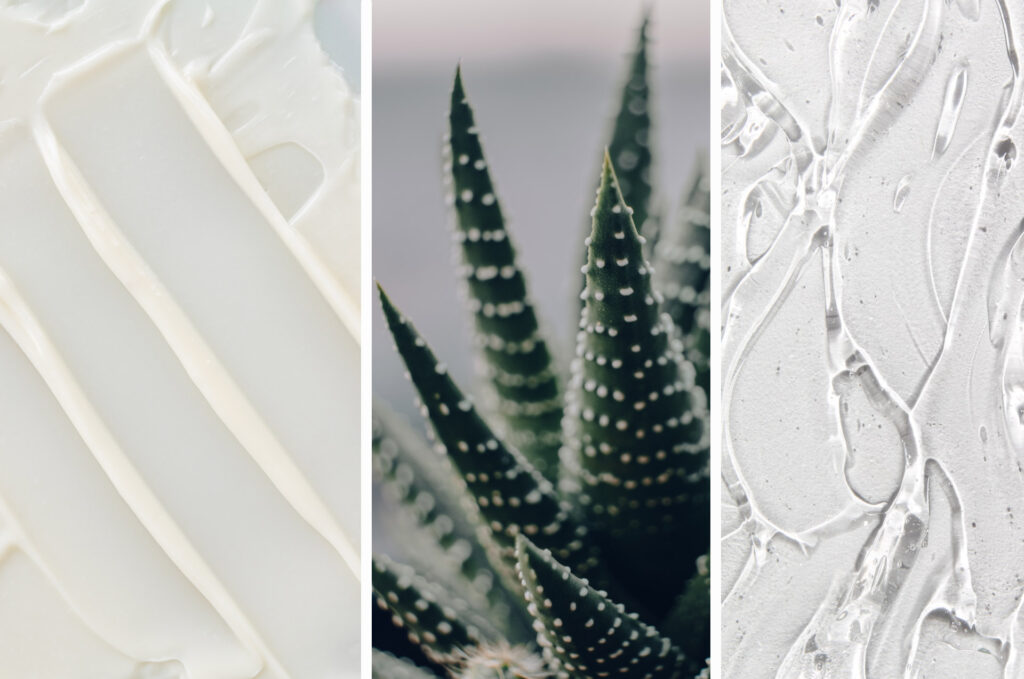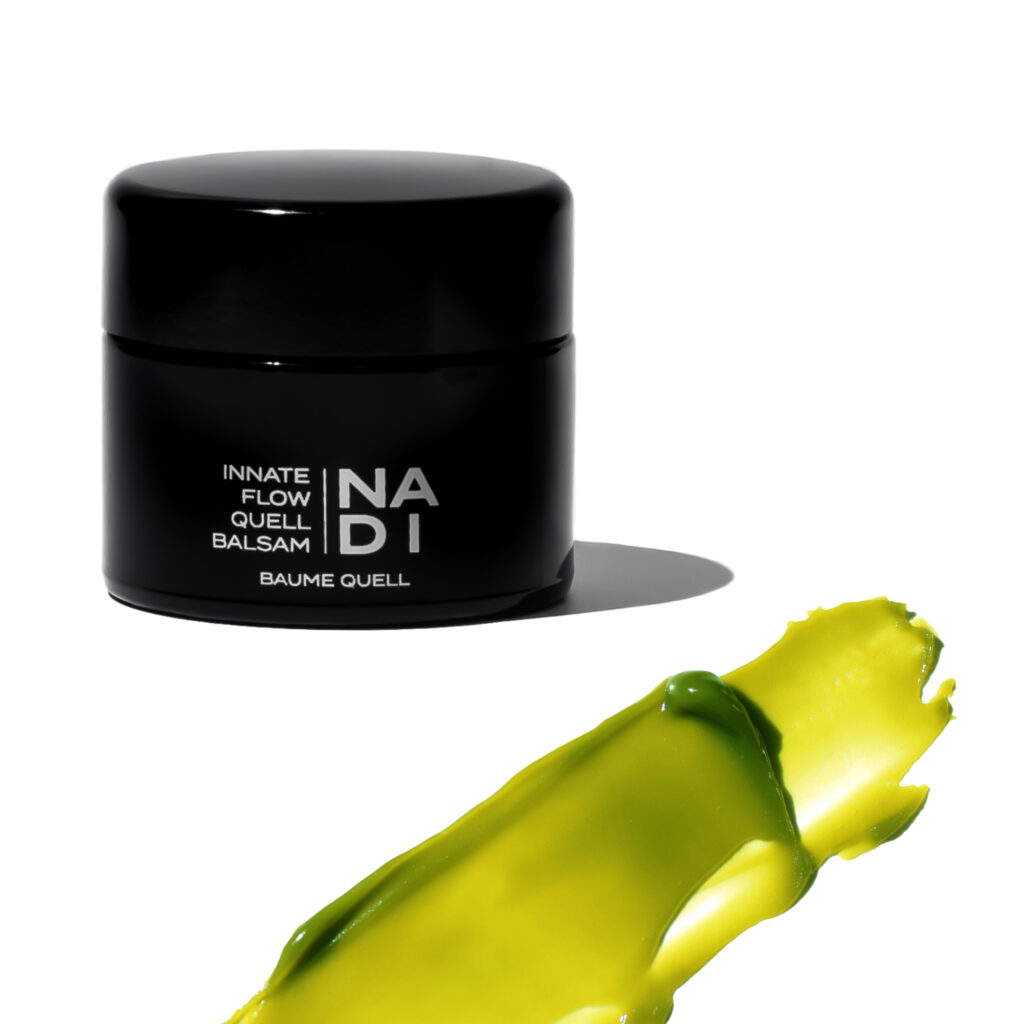To answer this question we need to have some knowledge of the skin’s main functions. The skin’s primary functions are to serve as a barrier to the entry of microbes and viruses and to prevent water and extracellular fluid loss. Acidic secretions from the skin glands retard the growth of fungi. Melanocytes form a second barrier of protection from the damaging effects of ultraviolet radiation. In this article, we discover What is Transepidermal Water Loss.
THE SKIN IS DIVIDED INTO THREE LAYERS
- The Epidermis outer and top layer.
- The Dermis deeper layer.
- The Hypodermis subcutaneous tissues.
THE SKIN FORMS THREE TYPES OF BARRIERS
1. Chemical Barrier. Includes skin secretions and melanin. The skin’s surface is covered with bacteria (skin microbiome), and the low pH of skin secretions known as the Acid Mantle decreases their multiplication. Anti-bacterial substances kill bacteria present in the sebum, and skin cells secrete a natural anti-biotic known as ‘human defensin’. Melanin provides a chemical pigment shield to prevent UV damage to viable skin cells. Keratin is a protein found in skin, hair, and nails; it prevents the loss of body fluid through the skin and the entry of excessive water into the body.
2. Physical Barrier. Is comprised of the skin and the hardness of its keratinised cells. Glycolipids help to waterproof the skin. Glycolipids are water-soluble substances located between the skin cells and protect against water loss and, entry into the body through the skin. Some examples of substances that do penetrate the skin in limited amounts:
- Lipid-soluble substances – oxygen, carbon dioxide, fat-soluble Vitamins A, D, E, and K, steroids and some bio-active botanical extracts.
- Oleoresins of certain plants – poison Ivy.
- Organic Solvents – acetone, dry cleaning fluid, and paint thinner – dissolve the cell’s lipids.
3. Biological Barriers – Langerhans cells in the epidermis and macrophages in the dermis. Langerhans cells are active elements of the immune system that protect the Dermis against foreign substances (antigens). Macrophages are the second line of defence and kill viruses and bacteria that have managed to penetrate the Epidermis.
Acid Mantle
An aqueous film that covers the Epidermis is known as the Acid Mantle It comprises the:
- Secretions from tour sweat and sebaceous glands.
- Peptides are derived from the breakdown of our dead skin cells known as corneocytes.
- Epidermal lipids provide a protective film comprised of sebum and the epidermal lipids (upper film); underneath (lower film) is the natural moisturising factor (NMF), which is comprised of water-based molecules present on the epidermal surface (the top layer of your skin.
- The outermost layer of the skin (Stratum Corneum) consists of approximately 15% water, if this drops below 10% the skin starts to feel dry and flaky. As we age the skin naturally becomes drier.

How To Prevent Transepidermal Water Loss
The Skin is not a completely impermeable barrier, a certain amount of water continuously diffuses into the environment. This is the process known as Transepidermal Water Loss (TEWL). It is defined as “passive water loss through an intact stratum corneum” (excluding active perspiration through sweat glands and hair follicles). An increase in the TEWL indicates an impaired barrier function.
The optimal water content of a healthy stratum corneum is 13-20%, preventing excessive TEWL is achieved by maintaining proper hydration of the skin.
ENVIRONMENTAL AGGRESSORS – Wind, cold, and humidity cause dehydration, symptoms of an impaired skin barrier include:
- Flaking: A typical sign of dehydrated skin.
- Tightness: This is often associated with dry skin.
- Redness: This is a sign of the skin barrier being unable to protect against irritants causing Inflammation.
- Itchiness: A damaged skin barrier can affect nerve endings leading to itching. Scratching the skin to help relieve itching, causes additional inflammation and redness.
Emollients, Occlusives and Humectants
Moisturisers Explained – Depending on the time of the year, your current skin condition and/or issues, and your current skin state, you may need to include one, two or all three types of moisturizers in your self-care ritual.
Emollient
These are an oily substance that fills in the spaces between dead skin cells, creating a smooth skin surface. An emollient is a film-forming substance that makes the skin feel and look smooth. An emollient will provide some occlusive effects, the primary function is to help soften the skin. Emollient ingredients help to repair the skin barrier function. A lipid matrix holds dead skin cells together to form the skin barrier. Without these essential lipids, the barrier weakens. A weak or damaged barrier leads to transepidermal water loss (TEWL). Some examples include:
- Plant Butter
- Plant Oils
- Esters
- Lipids
- Fatty Acids
- Ceramides
Fatty Acids
Extreme weather conditions, like the cold and wind, can strip away at the skin’s protective lipid barrier. The Topical Application of Fatty Acids has several positive effects on the skin, with the ability to boost lipid content and the repair of the skin’s barrier function. This helps protect delicate skin, improves moisture levels, and helps the skin retain its moisture, leading to improved softness and elasticity.
Ceramide NP
Plays an important role in having a healthy skin barrier and keeping the skin hydrated, functioning as the main storage area for linoleic acid, which is a critical fatty acid for a healthy skin barrier.
Omegas 3 and 6
These are the building blocks of healthy cell membranes. These are polyunsaturated fats and help the skin’s natural oil barrier – this is critical in keeping the skin hydrated, ‘plump’ and preventing water loss.
Occlusives
Occlusives create a thin film over the skin, which prevents external stressors from draining water reserves.
- Avocado Oil. Prevents the evaporation of water from the surface of the skin, and contains Lecithins which help to prevent moisture loss.
- Polyglyceryl-3 Beeswax. [Cera Bellina] has had its fatty acids converted into polyglycerol esters, which means that this type of beeswax can mix with water better. Provides a physical barrier, sealing moisture into the tissues whilst preventing water loss.
- Jojoba Oil. Technically jojoba oil is a wax that provides a light film on the skin that maintains and attracts moisture.
- Babassu Butter. Moisturises dry skin, reduces trans-epidermal water loss, maintains hydration, and creates occlusion it provides immediate coolness and softness.
- Olive Squalene. Has hydrating properties and maintains our skin’s moisture barrier. Absorbing into the skin squalene replenishes lipids, squalene is non-comedogenic, meaning it will not clog pores.
Humectants
Have the ability to pull water from the dermis to the epidermis and stratum corneum. Humectants can draw water vapour from the air to help moisturise the skin if the humidity is over 50%. These are water-rich, they mimic the skin’s sweat and work by hydrating the skin. Humectants help prevent water loss and protect the stratum corneum, the outer layer of skin from becoming dry and parched.
Examples of Humectants
- Aloe. Penetrates the skin deeply and quickly, hydrating at the surface and the lower levels of the skin. Aloe is wonderful for hydrating dry skin and is suitable even for sensitive skin.
- Honey. With the ability to hold onto water, hydrating without creating an oily feel. Honey is a natural source of alpha hydroxy acids, which encourage exfoliation, and this makes it even easier for the skin to absorb the moisturising elements.
- Hyaluronic Acid. A natural molecule present throughout the body that helps hydrate and cushion joints, eyeballs, and skin. It has a natural ability to hold onto water, and seems able to adjust according to humidity levels, helping your skin cope with even dry climates. The larger the hyaluronic acid’s molecule size, the more able it is to retain water relative to its weight.
- Glycerin.Works by finding an equilibrium between the water content in the air and the skin. Glycerin is derived from plant-based oils and helps keep the skin soft, even after it has been rinsed off, it continues to work, maintaining its beneficial effects. Glycerin is colourless, odourless and very gentle on the skin, making it safe for sensitive skin.
- Lecithin. A hydrophilic ingredient derived from soya beans or sunflower, attracts water to the skin, working to prevent moisture loss from deep within the skin tissues.
- Seaweed and Algae. Creating a moist film over the surface of the skin, helping to retain water in the skin’s upper layers.
STEPS YOU CAN TAKE TO MAINTAIN HYDRATED SKIN
- Apply a Face oil/serum, or moisturiser to protect from transepidermal water loss.
- Avoid exposure to dry air, where possible!
- Avoid prolonged contact with hot or chlorinated water.
- Cleanse with a gentle cleansing oil or balm.
- Avoid using skin care products that contain alcohol.
- Moisturise immediately after a bath, shower or washing your hands and regularly throughout the day, adding moisture to the skin helps to normalise cell turnover and strengthen the skin’s barrier function.
- Use a humidifier.
- Wear a scarf and gloves to protect against water loss if going out in cold weather.

FIFTY7KIND formulas are holistically formulated to protect and restore skin, improve skin functionality and promote skin health. NADI Innate Flow Quell Balsam is formulated to help prevent Transepidermal Water Loss.
- Skin Barrier Support – Phytoceramides, Phospholipids, Acai Sterols, and Unsaponifiables, along with a patented mix of Triglycerides, Wax Esters, Squalane, and Sterol Esters, to rebuild the skin’s surface lipids.
- The optimal blend of Moisturising Agents – Humectants drawing in moisture, Emollients, softening the skin and Occlusives providing a protective seal on the skin locking in hydration.
- Green-Biotechnology – Innovated with 6 High-Performance Clinically-Proven Actives.
- Multi-Award-Winning – Eight International Beauty Shortlist Awards.
- NADI Innate Flow Quell Balsam – Strategically offers restorative skin barrier support, with calming botanical synergies that comfort stressed and irritated skin.
Until next time, be human, be kind, be you.

REFERENCES:
BOOK: Modern Cosmetics – Ingredients of Natural Origin A Scientific Review Volume 1 – Dr D Janes & Dr N K Glavac.
https://moderncosmethics.com
Comments +